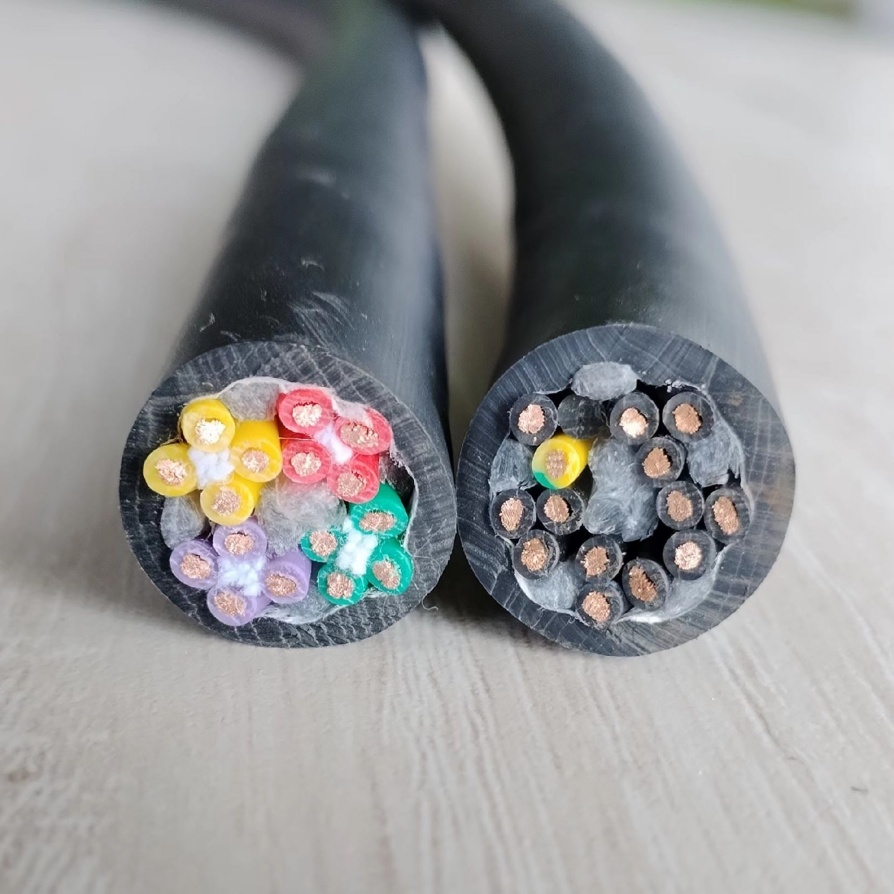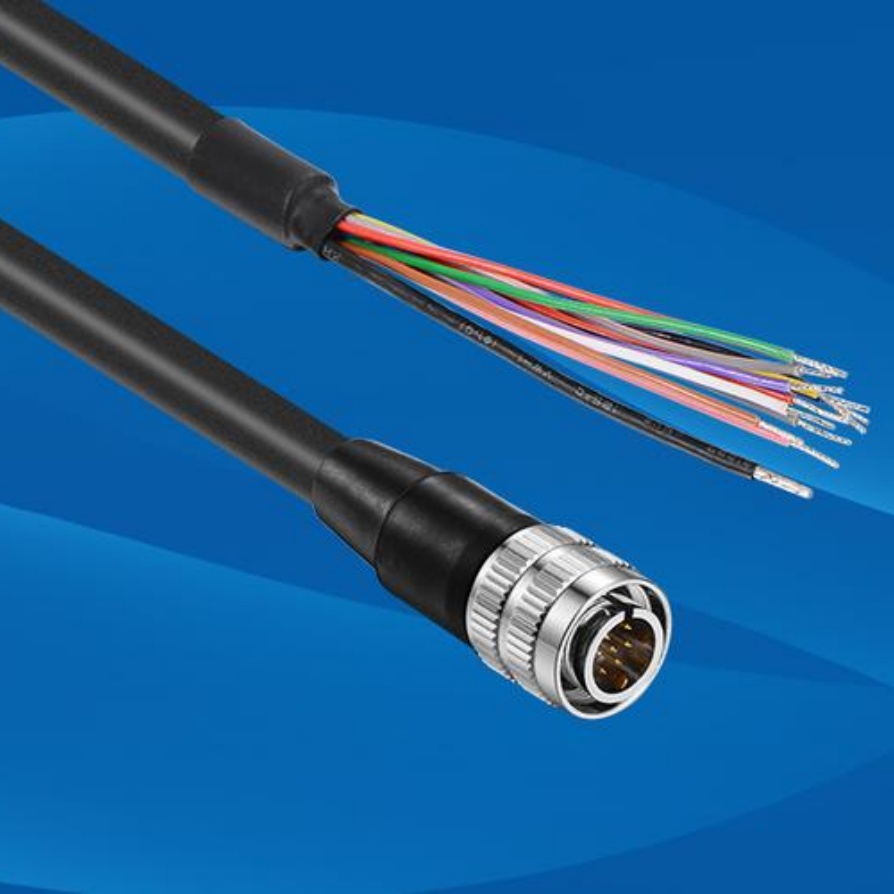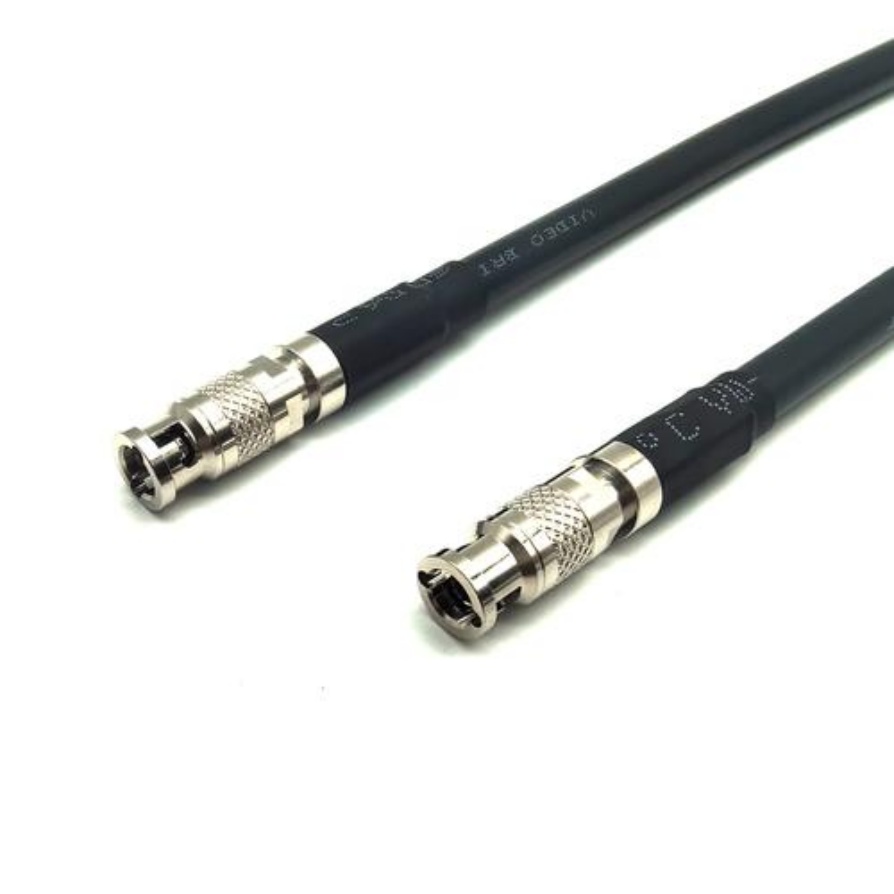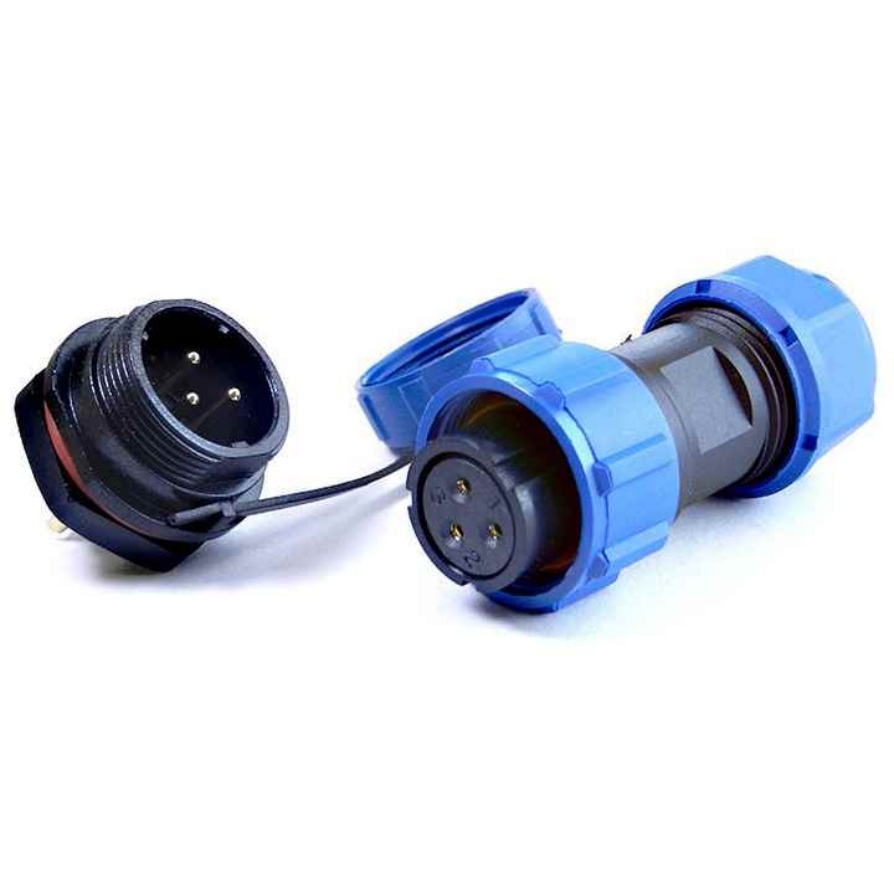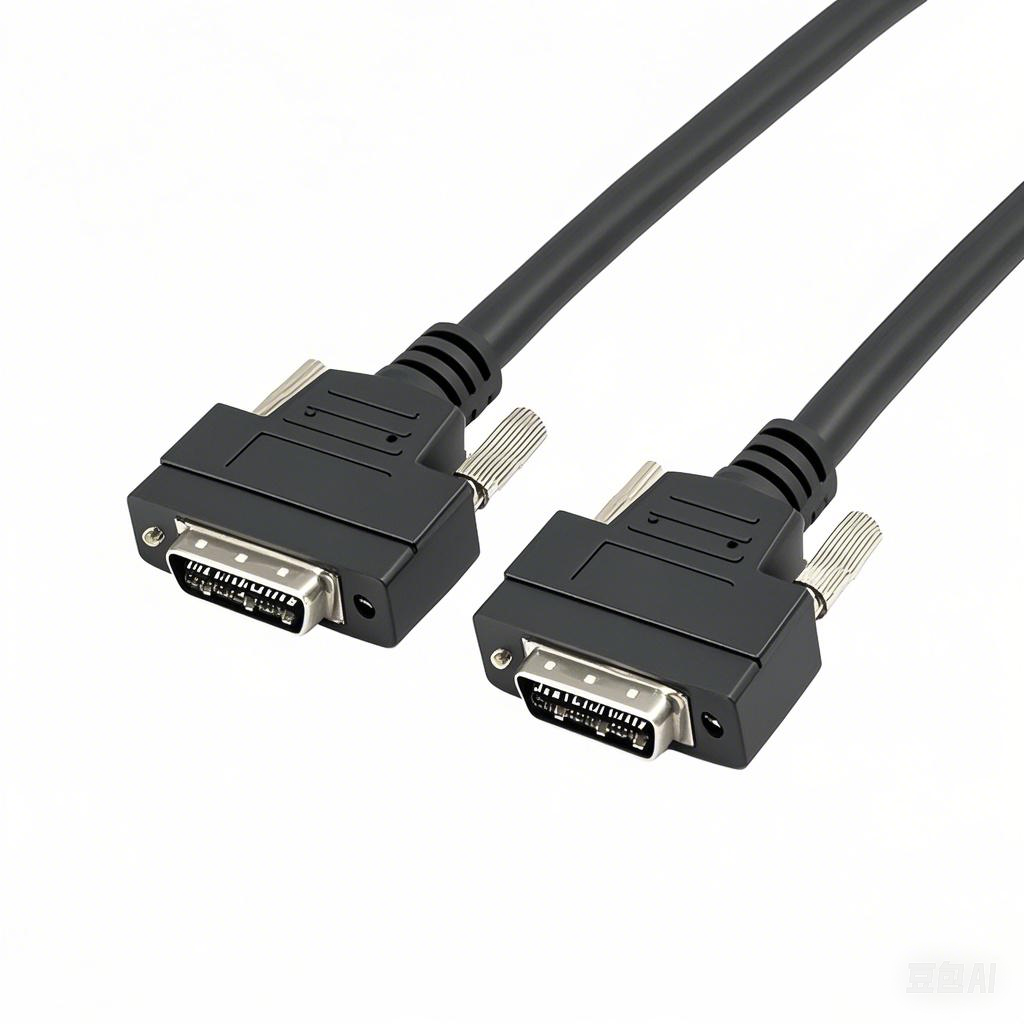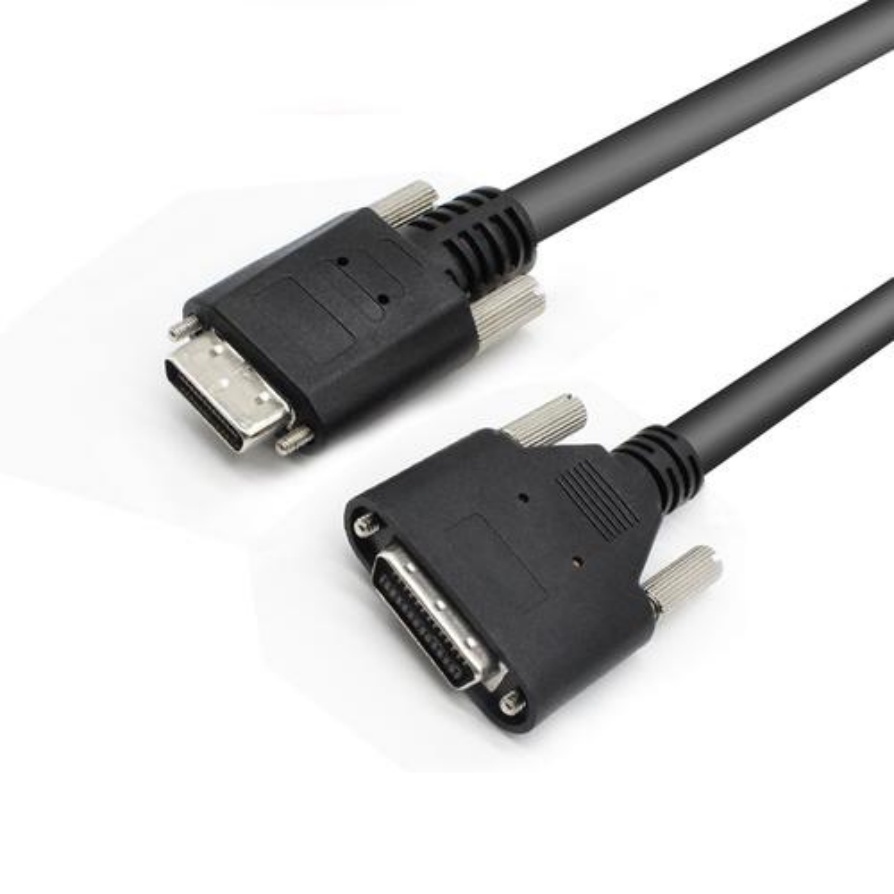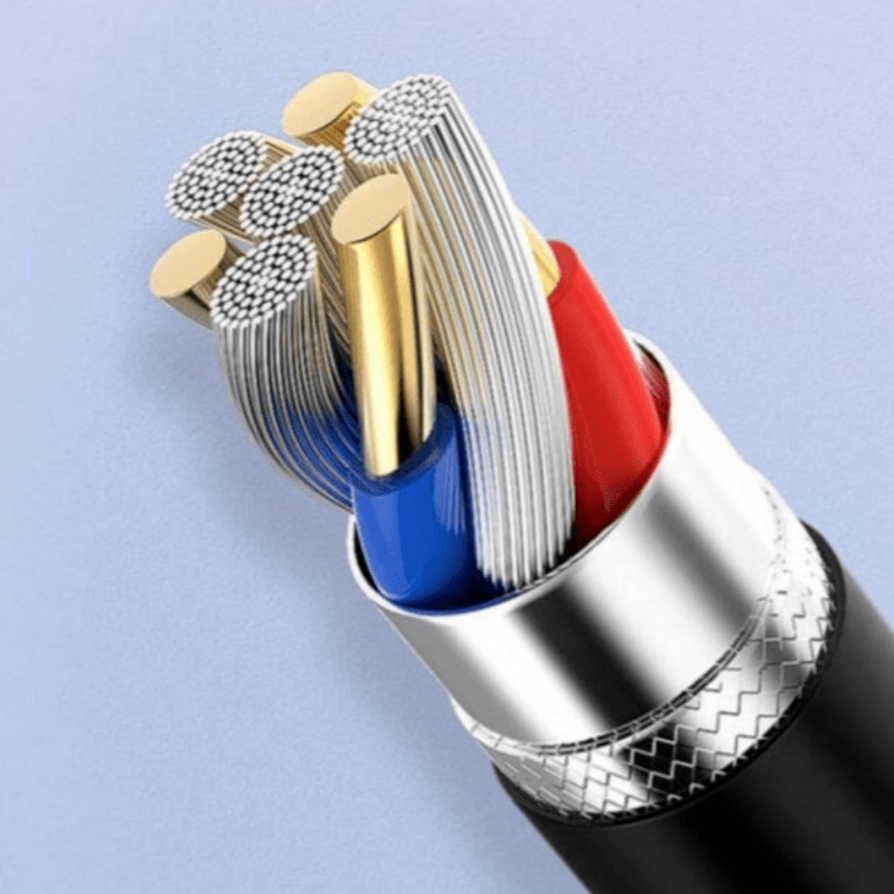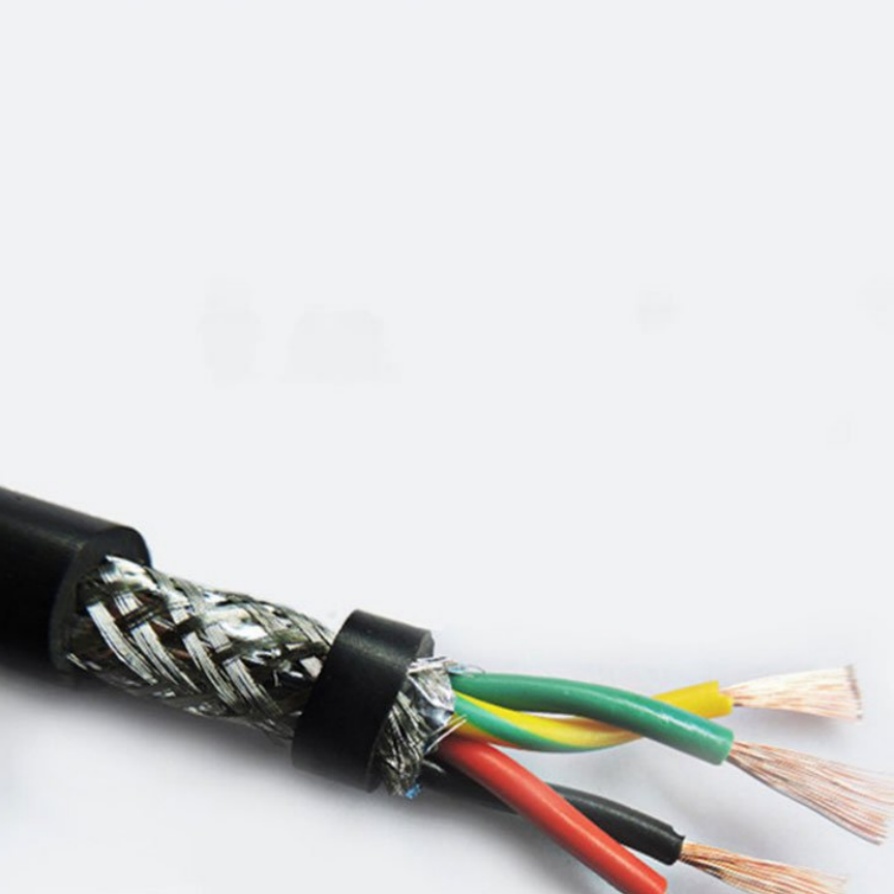What is Long Distance Vision Cable?
In the age of high-definition (HD) and ultra-high-definition (UHD) visual transmission, long distance vision cable emerges as a critical component that bridges the gap between visual signal sources (such as cameras, monitors, or video servers) and end devices—even when they are separated by hundreds or thousands of meters. Unlike standard cables (e.g., short-range HDMI or USB cables) that lose signal quality quickly over distance, this specialized cable is engineered to maintain stable, clear visual data transmission across extended spans, making it indispensable for scenarios where “distance” and “image integrity” cannot be compromised.
Core Characteristics of Long Distance Vision Cable
The value of long distance vision cable lies in its unique design, which addresses the key pain points of long-range transmission. Here are its four non-negotiable features:
- Low Signal Attenuation: It minimizes signal loss (measured in decibels per meter) even over kilometers. For example, fiber-optic-based vision cables can transmit 4K video signals over 10km with less than 0.5dB attenuation, far outperforming copper cables.
- Strong Anti-Interference: It resists electromagnetic interference (EMI) from power lines, industrial equipment, or radio frequencies. Shielded copper variants use multi-layered metal braids, while fiber-optic types are inherently immune to EMI—critical for industrial or outdoor use.
- High Bandwidth & Speed: It supports large data loads, including 4K/8K video, real-time video analytics, or multi-camera streams. Most modern variants handle bandwidths of 10Gbps or higher, ensuring no lag or frame drops.
- Durability for Harsh Environments: It is built to withstand extreme temperatures (-40°C to 85°C for industrial grades), moisture, and physical impact. This makes it suitable for outdoor surveillance or factory floors.
Typical Applications
Long distance vision cable is not a “one-size-fits-all” product—it adapts to diverse industries based on specific needs:
- Security & Surveillance: Used in large-scale CCTV systems for airports, highways, or university campuses, where cameras may be 500m to 5km away from control rooms.
- Broadcasting & Live Events: Transmits HD/4K video from on-site cameras (e.g., at sports stadiums or concerts) to production trucks or remote studios, often over 1km.
- Industrial Automation: Connects machine vision cameras (used for quality control in manufacturing) to control systems across large factories, ensuring real-time defect detection.
- Transportation: Integrated into railway or highway monitoring networks, where cables must run alongside tracks or roads for several kilometers to central monitoring hubs.
How to Choose the Right Long Distance Vision Cable?
To maximize performance, consider these three factors:
- Transmission Distance: For spans under 1km, shielded twisted-pair (STP) copper cables are cost-effective. For distances over 1km, fiber-optic cables (single-mode or multi-mode) are the better choice.
- Signal Type: Analog vision systems (older CCTV setups) may use coaxial-based long-distance cables, while digital systems (4K/IP cameras) require cables that support Ethernet or fiber protocols.
- Environmental Conditions: Outdoor or wet environments need waterproof, UV-resistant cables. Industrial settings demand flame-retardant and chemical-resistant variants.
When it comes to reliable long distance vision cables, FRS brand factory stands out as a trusted partner. With over a decade of expertise, FRS designs cables tailored to your specific distance, signal, and environmental needs—from low-attenuation fiber-optic cables for 10km surveillance networks to rugged industrial-grade copper cables for factory automation. Every FRS cable undergoes strict testing (for signal stability, anti-interference, and durability) to ensure consistent performance, while their responsive team offers technical support to help you select the right solution. For projects where visual transmission cannot fail, FRS delivers cables you can depend on.



